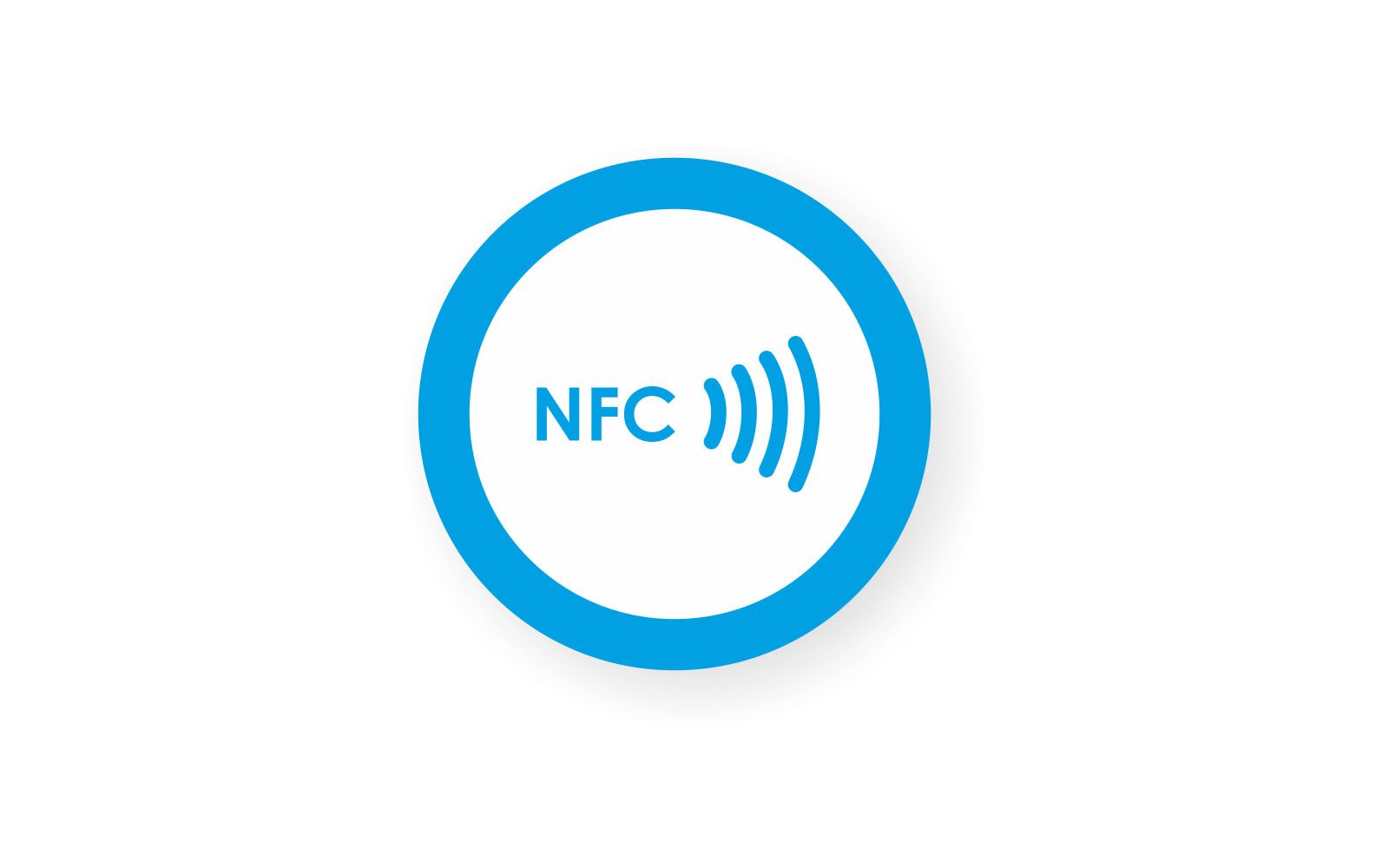Near Field Communication (NFC) is a technology that enables fast and secure data transfer between devices. It is often encountered in Bluetooth systems and subway cards. NFC allows for the quick exchange of various types of data, similar to Bluetooth. However, unlike Bluetooth, NFC transfers data more efficiently and without the need for extensive permission settings.

NFC relies on antennas embedded in mobile devices. These antennas are typically located on the back of a phone’s battery or back cover. When two NFC-enabled smartphones are brought within a close range of about 20 cm (8 inches), they can easily communicate and transfer data. This capability opens up a range of possibilities beyond simple data transfer.
One of the most common applications of NFC is mobile payment. Services like Android Pay, Apple Pay, and Samsung Pay utilize NFC to enable contactless payments. By storing bank card information on a mobile device through NFC, users can complete payments swiftly by simply holding their phones near payment card readers.
NFC also serves as a convenient means of device pairing. When connecting an NFC-enabled mobile device to compatible devices like Bluetooth speakers, headphones, or televisions, users can simply hold their phones next to the target device, eliminating the need to enable permissions manually.
NFC tags function similarly to stickers and can store various types of information. For example, a home Wi-Fi password can be saved on an NFC tag and placed on a wall. When someone with an NFC-enabled phone holds their device near the tag, they can quickly copy the password and connect to the Wi-Fi network. NFC technology has also streamlined business cards. By embedding NFC tools in business cards, individuals or companies can share their contact information effortlessly. Others can retrieve the information by turning on NFC on their mobile devices and holding them near the card.
In recent developments, NFC rings have been introduced, allowing users to store significant amounts of information. These rings, which can be considered as smart rings, do not require charging since NFC does not consume battery power. Similarly, NFC tags, business cards, and other NFC-enabled devices do not need to be charged.
NFC offers a more seamless alternative to QR codes commonly used in business, advertising, and product interactions. Rather than scanning a code, NFC enables a simple touch or interaction, eliminating the need for scanning devices. NFC-enabled smartphones can also serve as transit passes, boarding passes, or even keys to open car and door locks.
NFC Payments operate similarly to tap-to-pay features like MasterCard’s PayPass. By touching or activating NFC on a smartphone near an NFC-enabled payment terminal, users can complete transactions without the need for a physical credit card. For instance, NFC-enabled phones can be used to pay parking meters, simplifying the process for users.
Additionally, NFC technology facilitates the transfer of various information without the need for cumbersome pairing processes. Android phones feature a Beam feature that leverages NFC to easily share webpages, videos, pictures, songs, contacts, and more. Users can initiate the transfer by touching the backs of their phones together, eliminating the need for Bluetooth pairing. Similar sharing features can be found in Windows Phone and Blackberry devices.
In summary, NFC technology enables fast and secure data transfer between devices. It supports mobile payments, simplifies device pairing, allows for convenient sharing of information, and offers a range of applications such as NFC tags and NFC rings. With its ease of use and versatile capabilities, NFC has become an increasingly valuable tool in our daily lives.
Leave a Reply